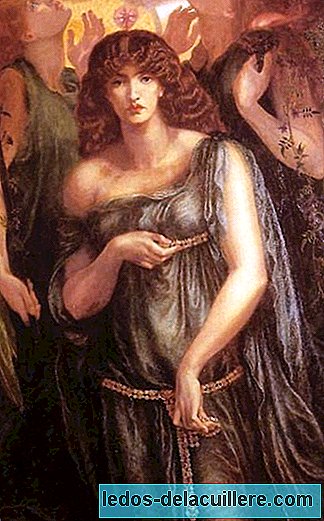
Fertility has always been the object of devotion, and this is demonstrated by the multiple goddesses who embodied it. Astarte was the goddess of fertility and love already in ancient Mesopotamia, which happened to the Phoenicians, to the Sumerians like Inanna, to the Akkadians like Ishtar and to the Israelites Astarot (Asera or Ashêrâh).
It represented the cult of mother nature, life and fertility, as well as the exaltation of love and carnal pleasures. The representation of this goddess is profuse in numerous ornamental and votive objects (ceramics, jewels ...), which denoted the great devotion of people in times past, many centuries before Christ.
The image that precedes these lines is very recent, it is an 1877 painting by Rossetti. But in ancient times it is usually represented naked, with prominent breasts and abdomen, as corresponds to the tradition associated with fertility.
The goddess, related to the planet Venus, was revered by the Canaanites, the Philistines and the Phoenicians ... and had temples erected in her honor, such as Ashkelon and Bet Shean. Solomon also erected one in Jerusalem, which lasted four hundred years.
Over time Astarte, the goddess of fertility, became a goddess of war and received bloodthirsty cults from her devotees. Then she used to represent her naked or barely covered with veils, standing on a lion.












